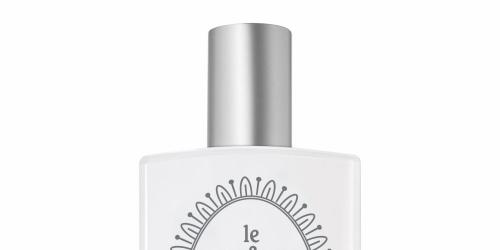The method of extracting the absolute
To obtain the absolute, we first manufacture the concrete (for the flowers) or the resinoid (for the plants). The vegetable is stripped off, then the odorous matter is extracted with volatile solvents. This fragrant fat is mixed with solvents. The whole is then distilled: the alcohol evaporates, and only the concrete remains. The latter is subjected to a novel ethanol extraction process: the mixture is heated and then cooled. In this way, the alcohol evaporates and the fatty bodies freeze. Remains a clear, pure liquid, an olfactory concentrate: it is the absolute.
The different types of absolutes and their use
Absolutes are often derived from flowers (jasmine, ylang-ylang, pink ...) or resins (benzoin, labdanum ...). But we also create absolutes of citrus (lemon, orange, mandarin ...): it is then the zest that is extracted, by cold pressure then distillation. Absolutes have a powerful perfume, so they are used as background notes.
The absolute in perfumes
It should be known that at least 50% of the composition of a perfume comes from synthetic molecules. The absolute, very perfumed and more expensive, therefore enters only in very small quantity in the dosage. This is nevertheless sufficient to immediately give a unique signature to the perfume. The famous "N ° 5" by Chanel, for example, is composed of synthetic fragrances (essentially aldehydes) and ylang-ylang absolute. "Hypnotic Poison", from Dior, draws all its power from the association of absolute jasmin sambac to the absolute orange blossom. The result is a bold fragrance, with its heady notes. Some houses also choose to decline one of their flagship flavors by proposing a more concentrated version: "L'eau d'Issey absolue" is a very intense and sweet interpretation of the famous fragrance of Issey Miyake. Likewise, "J'adore l'absolue" is a richer and more flowery version of the Dior fragrance. The color of the perfume is slightly darkened. Four absolute (ylang-ylang, jasmin sambac, Turkish rose, and tuberose) marry, creating a very green and powdered note.
To obtain the absolute, we first manufacture the concrete (for the flowers) or the resinoid (for the plants). The vegetable is stripped off, then the odorous matter is extracted with volatile solvents. This fragrant fat is mixed with solvents. The whole is then distilled: the alcohol evaporates, and only the concrete remains. The latter is subjected to a novel ethanol extraction process: the mixture is heated and then cooled. In this way, the alcohol evaporates and the fatty bodies freeze. Remains a clear, pure liquid, an olfactory concentrate: it is the absolute.
The different types of absolutes and their use
Absolutes are often derived from flowers (jasmine, ylang-ylang, pink ...) or resins (benzoin, labdanum ...). But we also create absolutes of citrus (lemon, orange, mandarin ...): it is then the zest that is extracted, by cold pressure then distillation. Absolutes have a powerful perfume, so they are used as background notes.
The absolute in perfumes
It should be known that at least 50% of the composition of a perfume comes from synthetic molecules. The absolute, very perfumed and more expensive, therefore enters only in very small quantity in the dosage. This is nevertheless sufficient to immediately give a unique signature to the perfume. The famous "N ° 5" by Chanel, for example, is composed of synthetic fragrances (essentially aldehydes) and ylang-ylang absolute. "Hypnotic Poison", from Dior, draws all its power from the association of absolute jasmin sambac to the absolute orange blossom. The result is a bold fragrance, with its heady notes. Some houses also choose to decline one of their flagship flavors by proposing a more concentrated version: "L'eau d'Issey absolue" is a very intense and sweet interpretation of the famous fragrance of Issey Miyake. Likewise, "J'adore l'absolue" is a richer and more flowery version of the Dior fragrance. The color of the perfume is slightly darkened. Four absolute (ylang-ylang, jasmin sambac, Turkish rose, and tuberose) marry, creating a very green and powdered note.


